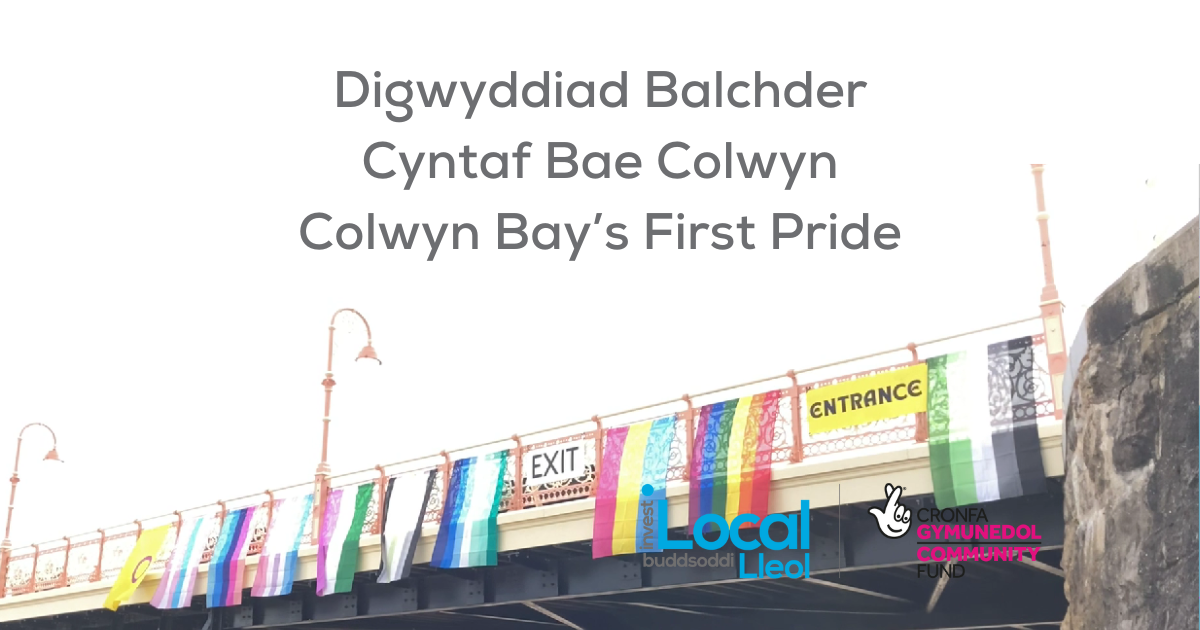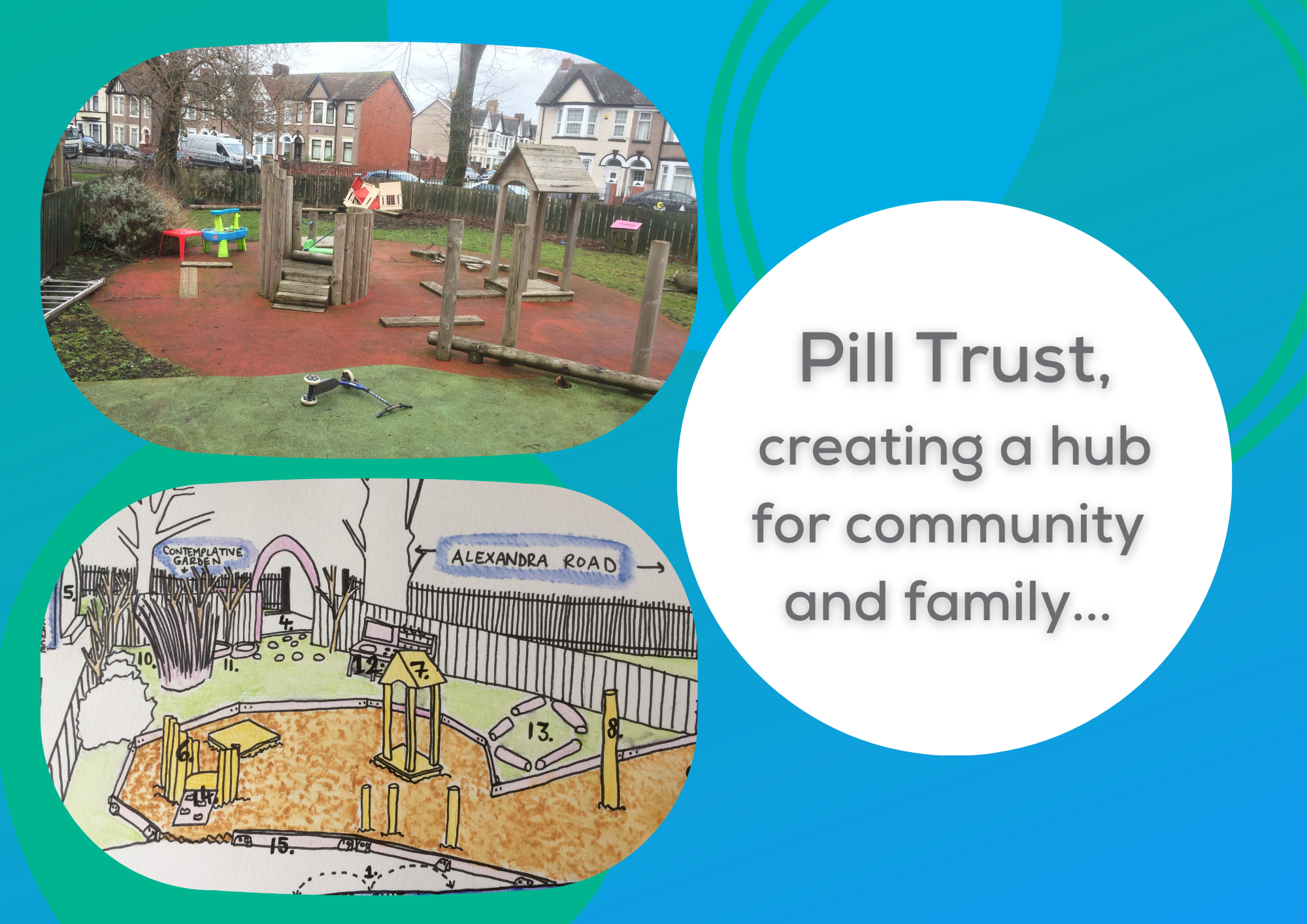A COMMUNITY RESPONSE TO COVID
As we launch our report A Community Response to Covid, Dr Duncan Holtom from People & Work explains the key findings from the research.
When the first national lockdown started on March 23rd 2020, with schools and non-essential businesses closed and people required to stay at home except for very limited purposes, the scale and nature of the crisis was felt by many to be unprecedented in recent memory.
Building Communities Trust and the Llechi, Glo a Chefn Gwlad partnership commissioned research to explore the impact that support from community-based organisations had on communities during the first lockdown. The research also looked at how county-wide bodies in Wales – notably local authorities and county voluntary councils (CVCs) – planned and delivered support to those communities, and the extent to which they worked alongside community-based organisations.
The research focused on seven Welsh counties (Bridgend, Cardiff, Gwynedd, Neath Port Talbot, Newport, Pembrokeshire and Wrexham) and included interviews with staff and volunteers from community organisations and groups, CVCs and local authorities.
THE IMPORTANCE OF PLACE-BASED ASSETS
The research illustrated how the nature of the crisis, with restrictions on movement, accentuated the importance of assets (strengths or resources) that are rooted in communities, including:
Institutional (or organisational) assets: such as community organisations, which provided a focus and structure for organising responses to the crisis, and local businesses, which provided access to goods and services (including donations).
The human capital of the people in the community, including people with energy, passion, leadership and/or organisational skills.
The social capital of the people in the community, including the strength of social networks (such as links between people, local businesses, community organisations and the local authority); levels of trust in the community; and the values and culture of the community (such as traditions of mutual aid/support and a sense of community spirit).
The natural capital in or near the place (such as access to countryside and coast).
COMMUNITY ORGANISATIONS AND ACTION
Community-based organisations played a key role in role in identifying, linking and mobilising these assets. Community-led responses were often swifter, more inclusive, more human-centred and more holistic than the responses of national and local government. Community-based organisations and mutual aid groups identified and supported vulnerable people not known to services and were often able to integrate support. For example, a delivery of food could be combined with a friendly chat on the doorstep, providing opportunities to tackle isolation and loneliness and identify other unmet needs.
However, the scale of need, meant that a multi-layered response was crucial. Community-led responses mobilised local assets, but also depended upon national and county action and support, including swift and relatively straightforward access to emergency funding, and support to co-ordinate the large numbers of people who offered to volunteer. Moreover, community-led action complemented, but could not replace, action by national and local government, such as the furlough and shielding schemes, food parcels and free schools meals provision.
Community-level action could also be fragile. Some organisations struggled to respond because, for example, they relied upon elderly trustees or volunteers who were forced to step back, and while the crisis energised many people, the physical and emotional demands upon staff and volunteers were considerable, and threatened the long-term sustainability of the response. The flexibility and speed of the sector’s response, while a key strength, also created risk around, for example, personal safety and safeguarding.
COLLABORATION
The strength of pre-existing relationships was a key determinant of how effectively different layers and organisations could work together. At its best, the CVC and local authority worked closely together to plan how they could support community-level activities and the partnership working helped strengthen relationships. At its worst community responses, CVCs and local authorities worked in parallel lines with little communication.
CONCLUSIONS
Despite the huge economic, social and human costs of the crisis, it has also created opportunities. For example, it has helped highlight the value and potential contribution of community organisations. The ‘permission to ask for and give help’ that COVID-19 provided gives some insights into how wellbeing can be supported within communities. It has given people across the community and public sectors opportunities to step up and develop leadership skills and experience; and has encouraged community action, which provides a basis for strengthening both future crisis responses and also long-term community development.
However, while there is much justifiable pride in the response and there was no area or community where no support was identified, there was also no clear picture of who had been missed and it is difficult to judge the adequacy of the response. For example, while the response in terms of ensuring access to basic needs, such as food, was impressive, there are concerns that not enough was done to address the impacts of the crisis upon people’s mental health.































